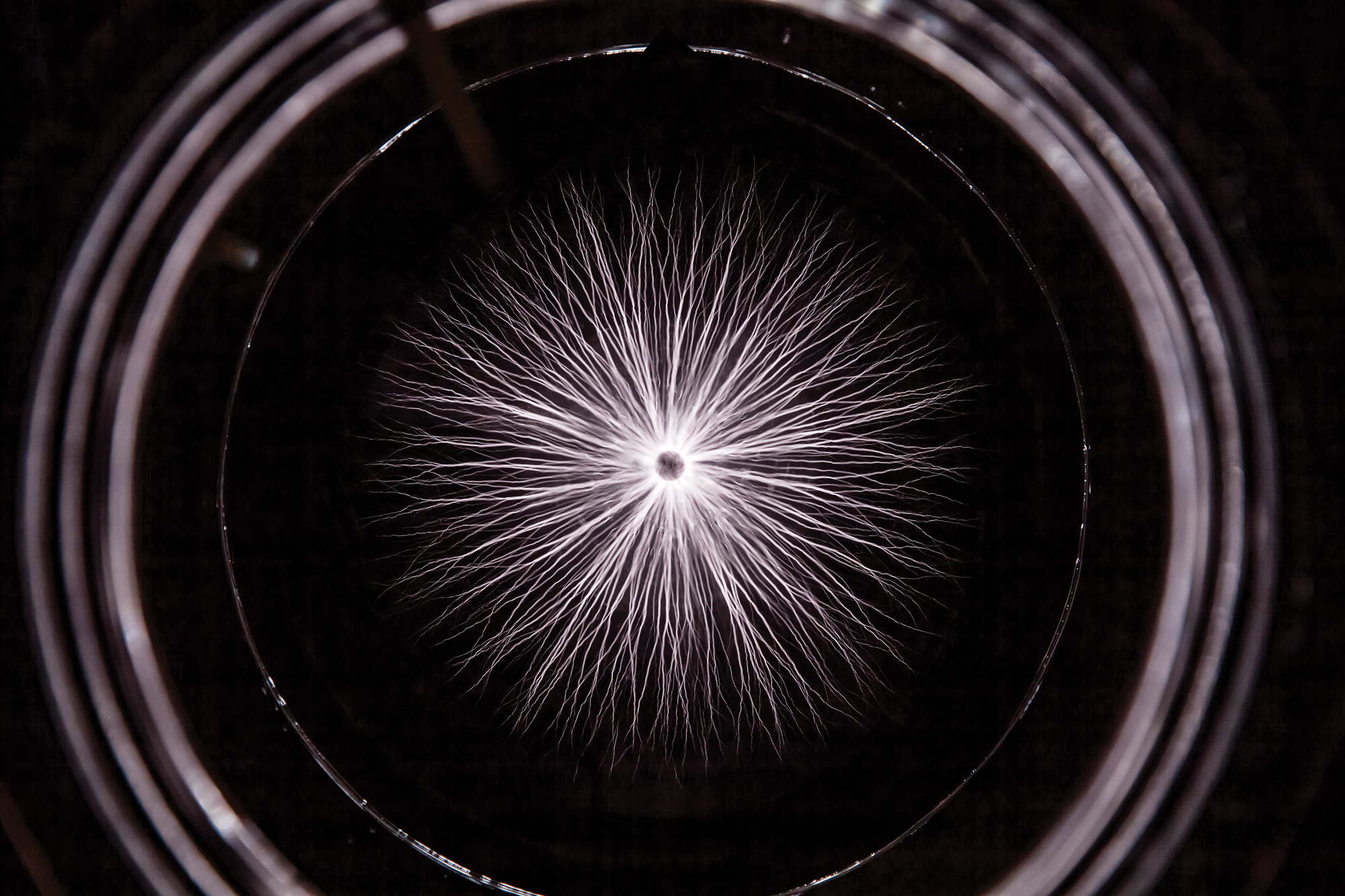Advertisement
Grab your lab coat. Let's get started
Welcome!
Welcome!
Create an account below to get 6 C&EN articles per month, receive newsletters and more - all free.
It seems this is your first time logging in online. Please enter the following information to continue.
As an ACS member you automatically get access to this site. All we need is few more details to create your reading experience.
Not you? Sign in with a different account.
Not you? Sign in with a different account.
ERROR 1
ERROR 1
ERROR 2
ERROR 2
ERROR 2
ERROR 2
ERROR 2
Password and Confirm password must match.
If you have an ACS member number, please enter it here so we can link this account to your membership. (optional)
ERROR 2
ACS values your privacy. By submitting your information, you are gaining access to C&EN and subscribing to our weekly newsletter. We use the information you provide to make your reading experience better, and we will never sell your data to third party members.
Persistent Pollutants
Competition to destroy ‘forever chemicals’ heats up
Cleantech start-ups vie for a piece of the PFAS destruction market
by Britt E. Erickson
March 4, 2024
| A version of this story appeared in
Volume 102, Issue 7

Credit: Courtesy of Selma Mededovic Thagard/Clarkson University | Argon gas plasma resembles lightning on the surface of liquid water.


Join the conversation
Contact the reporter
Submit a Letter to the Editor for publication
Engage with us on Twitter